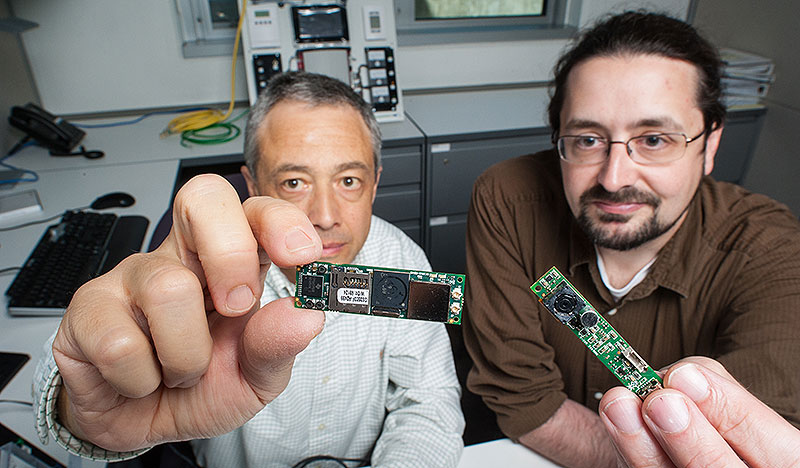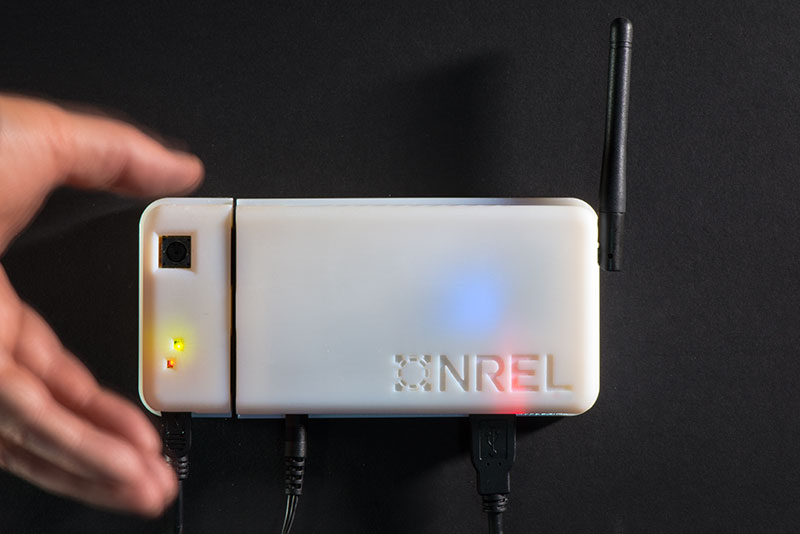Energy Saving Commercial Buildings
At an estimated cost of $38 billion a year, lighting represents the largest source of electricity consumption in U.S. commercial buildings. A new breakthrough by the Energy Department’s National Renewable Energy Lab could help commercial buildings save on lighting and ventilation costs by improving the accuracy of motion detection.
Commercial buildings, depending on the usage, will consume a vast amount of energy. The different usages include dance studios, dog kennels, fitness centers, and offices. For more information, you can check out our post here.
Improved Technology
A commercial building with energy saving technology or materials will save the owner of the building money, in return saving the tenants money as well. Recently, the Energy Department’s National Renewable Energy Laboratory (NREL) has developed a new low-cost smart sensor that raises the accuracy of detecting people in commercial buildings to the 90 percent range, according to initial studies. This advancement could lead to tremendous energy savings in commercial buildings.
The new sensor that the NREL developed is called Image Processing Occupancy Sensor or IPOS, the camera and high-speed processor is the size of a stick of gum (pictured below).

It detects movements and human presence in a room. The advancement of this smart sensor means that it can count the number of people in a room, document their location and register their activity level with a potential range of up to 100 feet away. All in that small processor!

Not only can the IPOS be used for energy savings with lighting but also with the ventilation system of the commercial building. These buildings are required to provide the minimum amount of airflow necessary to supply ventilation for a fully occupied room even when no one is in the room. The IPOS then would be used to adjust airflow based on a room’s occupancy, saving money when no one is in the building.
So how much would the IPOS cut down cost?
It would cut approximately 18% of energy costs according to a report from the Pacific Northwest National Laboratory.
Availability
IPOS is currently available for companies to license, researchers estimate it will likely sell for $100-200 when produced commercially.

M3 Construction Solutions works in McHenry and Lake county, find out how we can help you have energy saving commercial buildings today! Reach us by phone at 815-363-8493
Pier foundation and concrete slab foundation. What are the differences? And which is better?
